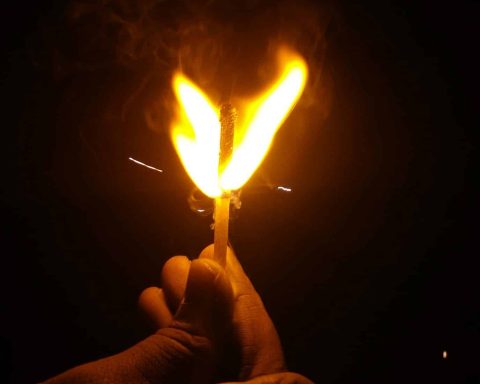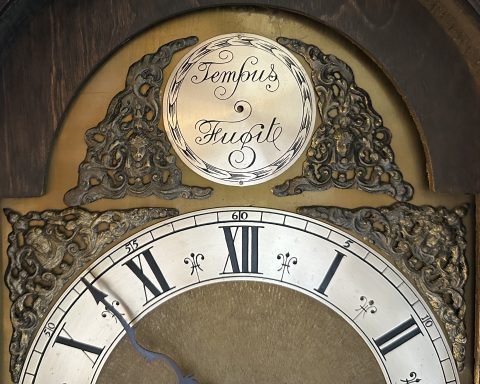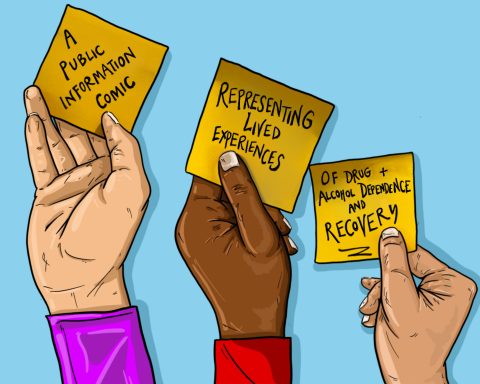 John Launer is a retired GP and family therapist, now working as a medical educator and writer. He is on X: @johnlauner
John Launer is a retired GP and family therapist, now working as a medical educator and writer. He is on X: @johnlauner
There’s much to be said for novellas – short novels you can read in a couple of evenings, without the commitment needed for a blockbuster. If you’re looking for a great example, I’d recommend The Shooting Party by the Russian dramatist Anton Chekhov. He wrote it in his early twenties in 1884, the year he qualified as a doctor. It contains orgies, violence, drunkenness, class conflict, revolutionary sentiments, love triangles and murders. It includes possibly the most detailed post mortem report ever to appear in a work of fiction. And it’s also very funny. Much of the humour arises from the way Chekhov has fun with the form of the novel, playing tricks on the reader and also pretending to be the victim of a trick himself.
The Shooting Party is structured as a story within a story. In an introduction that’s clearly a spoof, Chekhov adopts the persona of a journal editor and describes how the manuscript of a novel was brought to him by a retired magistrate named Kamyshev. Chekhov warns us, with his tongue in his cheek, that the tale isn’t very well written and invites us to look out for infelicities of style. The “novel” is then presented in the voice of man named Zinovyev, a scarcely disguised version of Kamyshev himself.
Chekhov has been pretending that he saw through the deceit of an entirely fictitious author who never expected to be believed in the first place.
There are footnotes by Chekhov in his editorial role, drawing attention to the faults of Kamyshev’s writing and of the man himself. As the tale progresses, Chekhov informs us that significant passages appear to have been deleted in a suspicious manner. He also lets us know that he thinks the author of the tale is a liar and distorting an account of real events to suit his own purposes.
After the tale ends, there is a spoof afterword, explaining how Kamyshev returned after three months to hear whether his novel was publishable. Chekhov proudly describes how he confronted the author with his obvious dishonesty – only to hear Kamyshev say that he wrote the tale expecting that any intelligent reader would realise this! We’re now in an extraordinary hall of mirrors: Chekhov has been pretending that he saw through the deceit of an entirely fictitious author who never expected to be believed in the first place.
One of the joys of the book is how well Chekhov manages to keep control of these interleaved layers of “truth”, all of which are of course creations of his own imagination. Even before the birth of the modernist novel, Chekhov was anticipating postmodernism, where every author and narrator is unreliable, and the process of creation becomes the subject itself.
As the book ends, Chekhov tells us how Kamyshev points out of the window of the editorial office and shows him one of the other characters from the tale sitting in a cab outside. In a sinister final twist, Kamyshev hints that there may be more murder to come, and hurries from the room. “I sat at the table and gave myself up to bitter thoughts”, Chekhov concludes, in classic thriller style. “I felt suffocated.”
Featured Book: Chekhov A. The Shooting Party. Trans. R. Wilks. London: Penguin, 2004
Featured Photo by Ed Robertson on Unsplash






